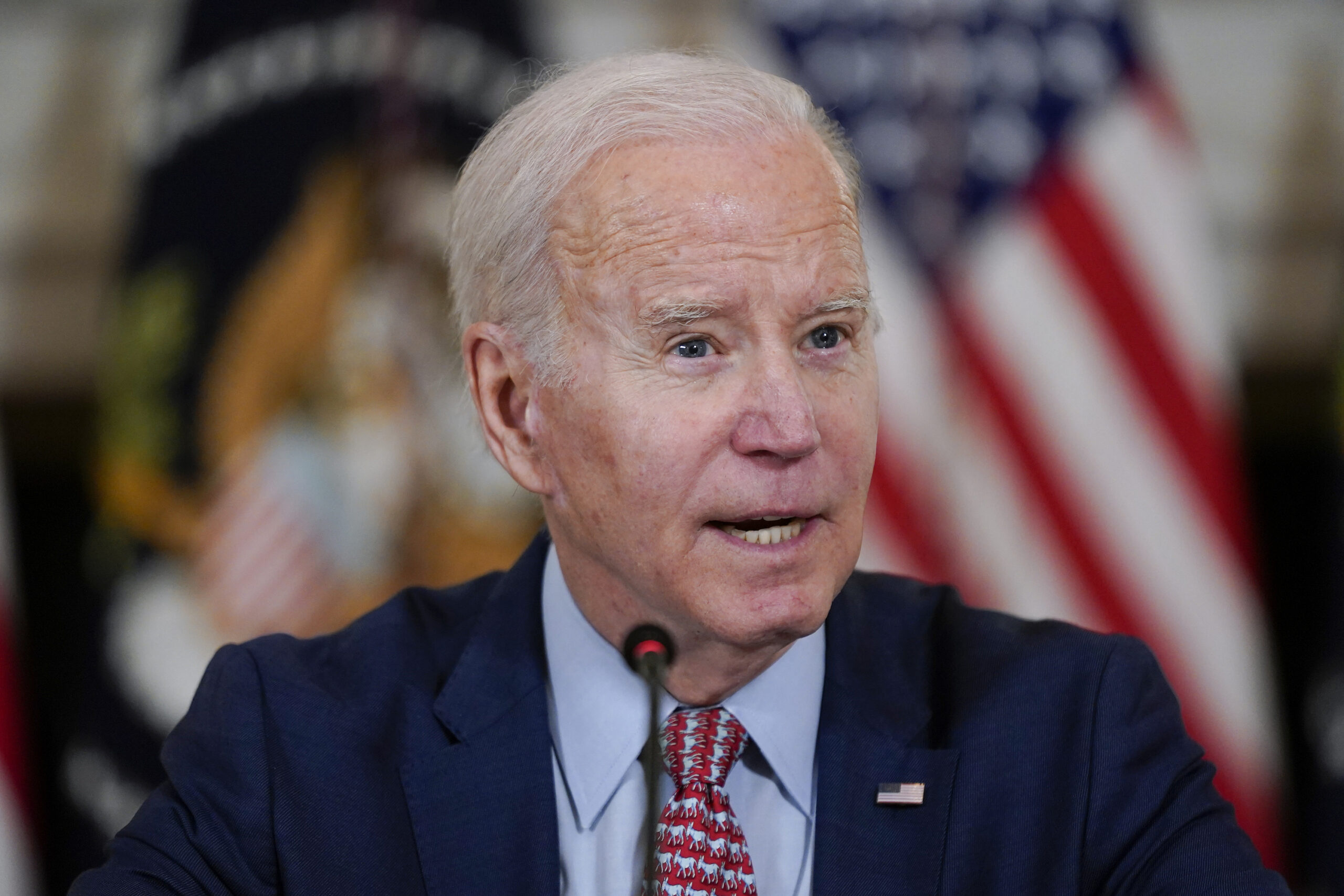After three years, the COVID-19 national emergency in the U.S. has concluded, with President Joe Biden signing a bipartisan congressional resolution on Monday. The emergency allowed the government to implement broad measures to address the pandemic and support economic and welfare systems. Many of these actions have been phased out or are being withdrawn.
The separate public health emergency, which enforces strict immigration restrictions at the U.S.-Mexico border, is set to expire on May 11. The Department of Housing and Urban Development’s COVID-19 mortgage forbearance program will end in May, while the Department of Veterans Affairs resumes in-home visits for caregiver assistance eligibility.
In the previous year, lawmakers extended telehealth flexibilities for two more years, enabling healthcare systems to continue offering increased remote care. Since the pandemic’s onset, over 1.13 million people have died from COVID-19 in the U.S.
Click play to listen to the report from AURN White House Correspondent Ebony McMorris. For more news, follow @E_N_McMorris & @aurnonline.




